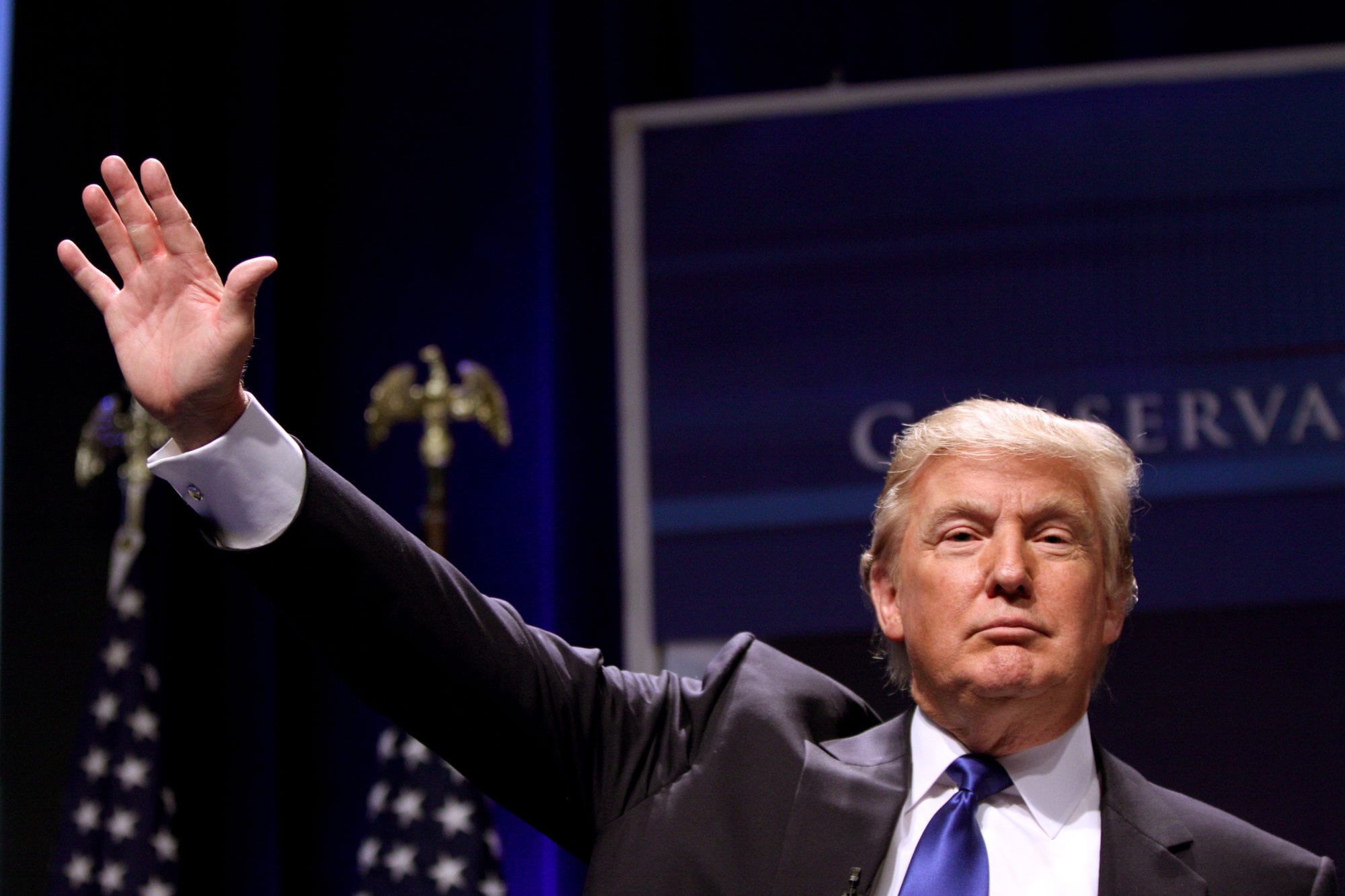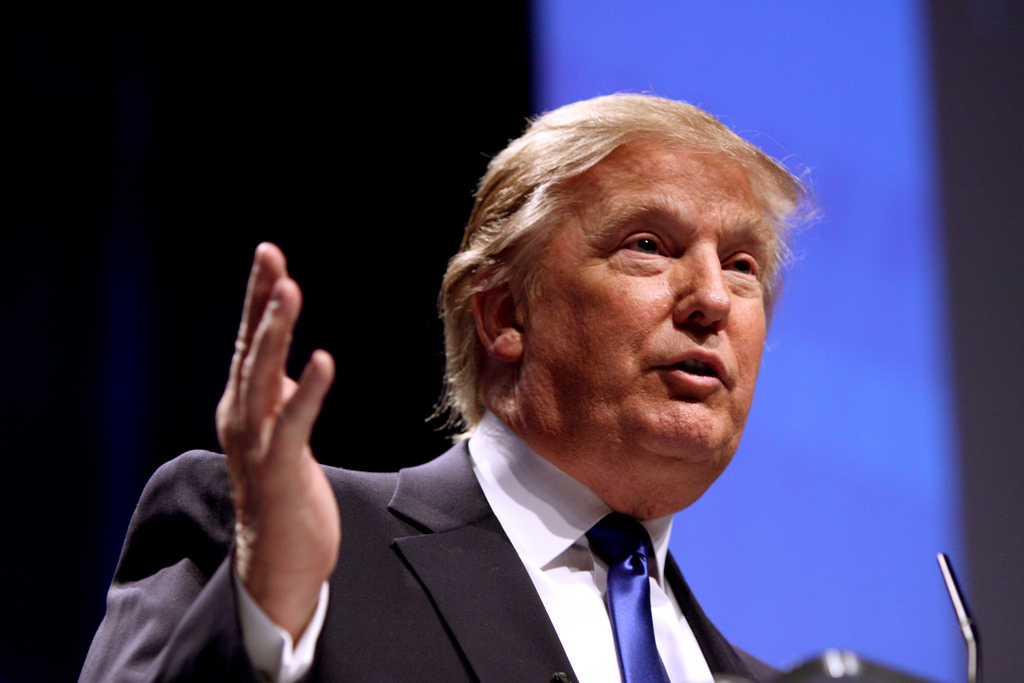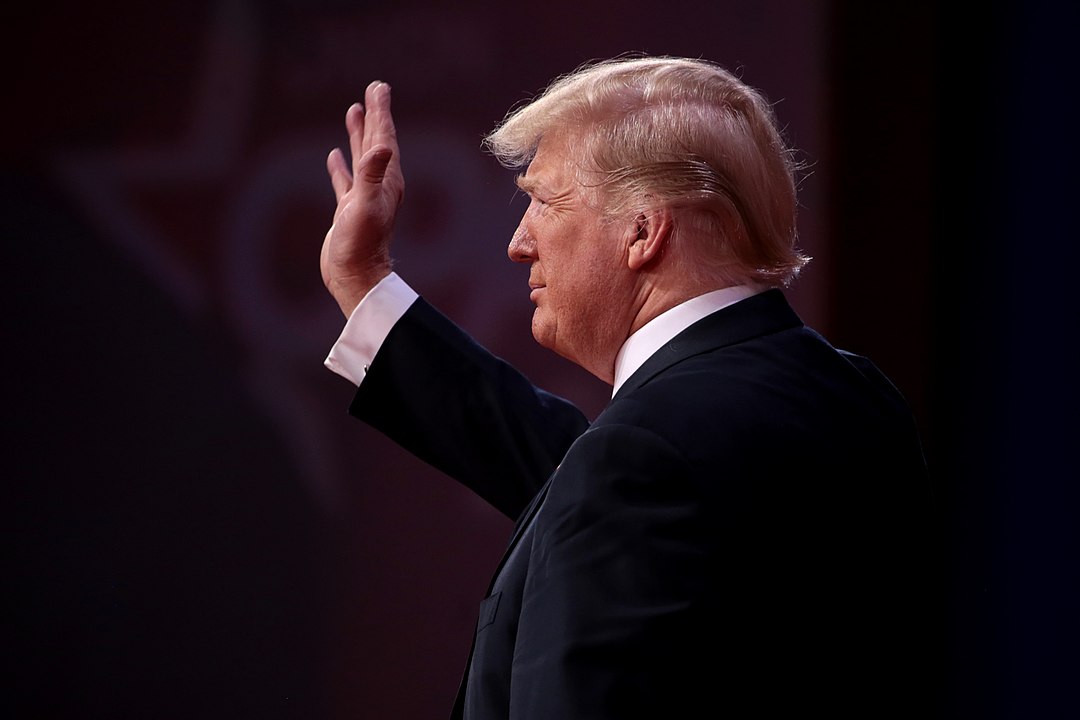Trump’s Economic Chaos: Why Should You Care if the US Dollar Falls?
The value of the US dollar has seen a sharp and troubling decline in recent months, and while currency fluctuations are nothing new, this drop is particularly significant. What’s more concerning is that this isn't just a domestic issue. Thanks to Donald Trump’s reckless trade policies and political vendettas, the rest of the world is being dragged into the fallout—and that simply doesn’t seem fair.

What’s Happening to the Dollar?
In the lead-up to the 2024 US election, the dollar was on the rise, driven by robust economic growth and investor confidence. Trump’s win in November gave it another boost, as markets hoped his second term would continue that momentum. Many believed his proposed tariffs would push inflation up, prompting the US Federal Reserve to keep interest rates high—traditionally a magnet for investors looking to earn more from dollar holdings.
But that optimism was short-lived.
Since the start of 2025, the dollar has plunged, and it’s not just market noise. The dollar index, which measures the currency’s strength against a basket of others, has fallen to its lowest point in three years. This is more than volatility—it’s a symptom of chaotic policy and eroding global confidence.

What Caused the Fall?
Trump’s so-called “Liberation Day” tariffs—part of a sweeping protectionist push—shocked global markets. But instead of inspiring confidence, they triggered panic. The actual details of these tariffs have been murky at best, often rolled out with bluster only to be delayed or walked back, particularly with China. The lack of consistency has left businesses and investors in limbo.
As Jane Foley, head of FX strategy at Rabobank, put it:
“For several years, the market's been buying this US growth story... suddenly you had economists thinking tariffs would push the US into recession.”
The result? A massive sell-off in US stocks, bonds, and the dollar itself.

The Global Ripples of Trump’s Choices
The most frustrating part? The rest of the world is feeling the pain of Trump’s domestic blunders.
The US dollar isn’t just another currency—it’s the world’s primary reserve currency, held by central banks and used in everything from trade to international debt. Roughly half of all global trade is conducted in US dollars. When the dollar stumbles, it drags global economies down with it.
A weaker dollar means US exports become cheaper, but imported goods cost more, especially when tariffs are layered on top. Countries that depend on dollar-denominated commodities like oil and gas also see price shocks. This is particularly damaging for emerging markets, which often borrow in dollars—they now have to repay debts with weaker currencies.
RELATED: Trump's Tariffs Explained: What Happened on Liberation Day?
This dynamic creates a feedback loop: instability in the US creates global uncertainty, which in turn pressures US markets further. It’s a vicious cycle caused, in large part, by a president more focused on punishing enemies and strong-arming the Federal Reserve than securing long-term economic health.
Trump has even launched public attacks on Fed chair Jerome Powell, calling him “a major loser” and demanding his removal. This has shaken market confidence in the Fed’s independence, which, as Susannah Streeter from Hargreaves Lansdown notes, is crucial:
“The independence of central banks is seen as critical to ensure long-term price stability, ringfencing policymakers from short-term political pressures.”

Why This Isn’t Just America’s Problem
For average Americans, a weaker dollar means their money doesn’t go as far abroad. But for the rest of the world, the impact is more serious. From rising costs of essential imports to debt burdens and inflation, global economies are left absorbing the shockwaves of a US administration that seems more interested in chaos than stability.
RELATED: Trump Loses $500 Million Amid Global Tariff Turmoil.
Even Trump’s supporters must question how long this approach can last. If the dollar continues to decline, the US risks losing its unique status in global finance—a status that has long been tied to its political and economic reliability. One Fed official has already warned that America can no longer take its global dominance for granted.
Jane Foley believes the dollar may claw back some ground in the coming weeks due to profit-taking, but even she concedes it’s unlikely to return to former highs. The damage has been done—and the rest of the world is picking up the pieces.

Conclusion - A World On The Brink
Trump’s economic mismanagement is not just harming America—it’s destabilizing the global financial system. In his pursuit of power, he’s attacked institutions, weaponized trade policy, and ignored the delicate balance that underpins international markets.
It’s bad enough that Americans have to suffer the consequences of his actions—but the fact that other nations must pay the price too is nothing short of outrageous. If Trump continues down this path, it won’t just be the dollar that collapses—it could be the credibility of the US itself.










